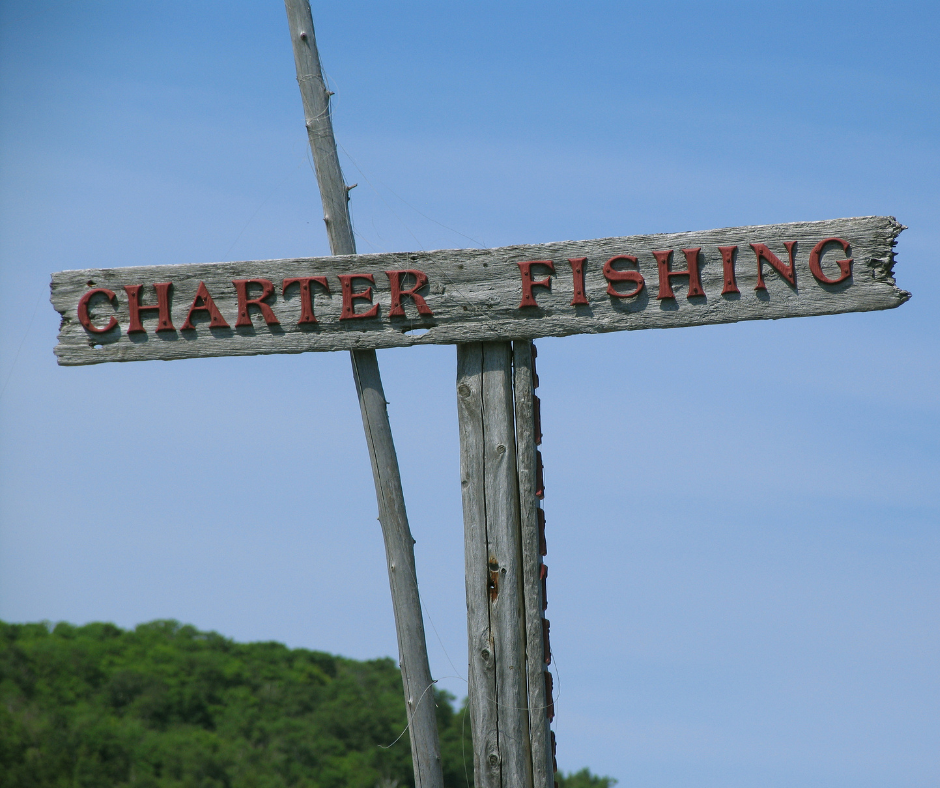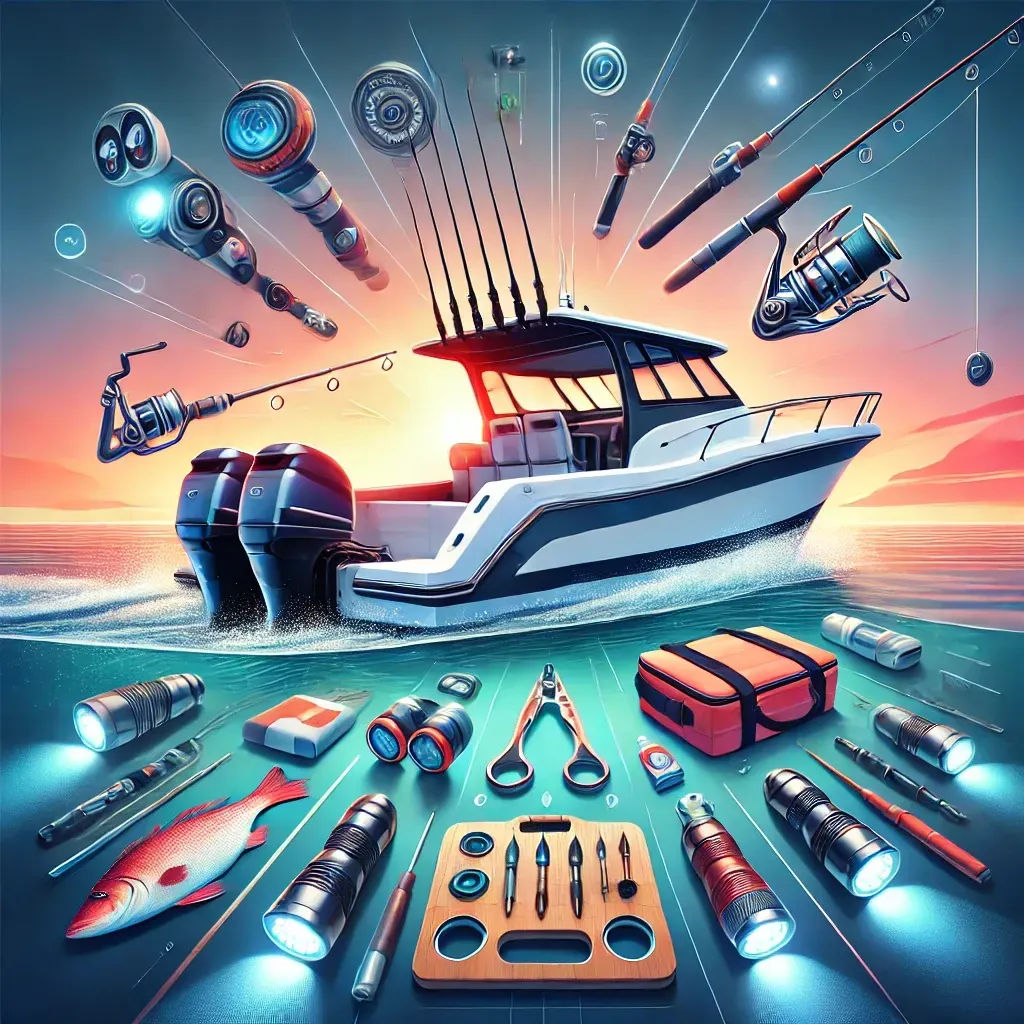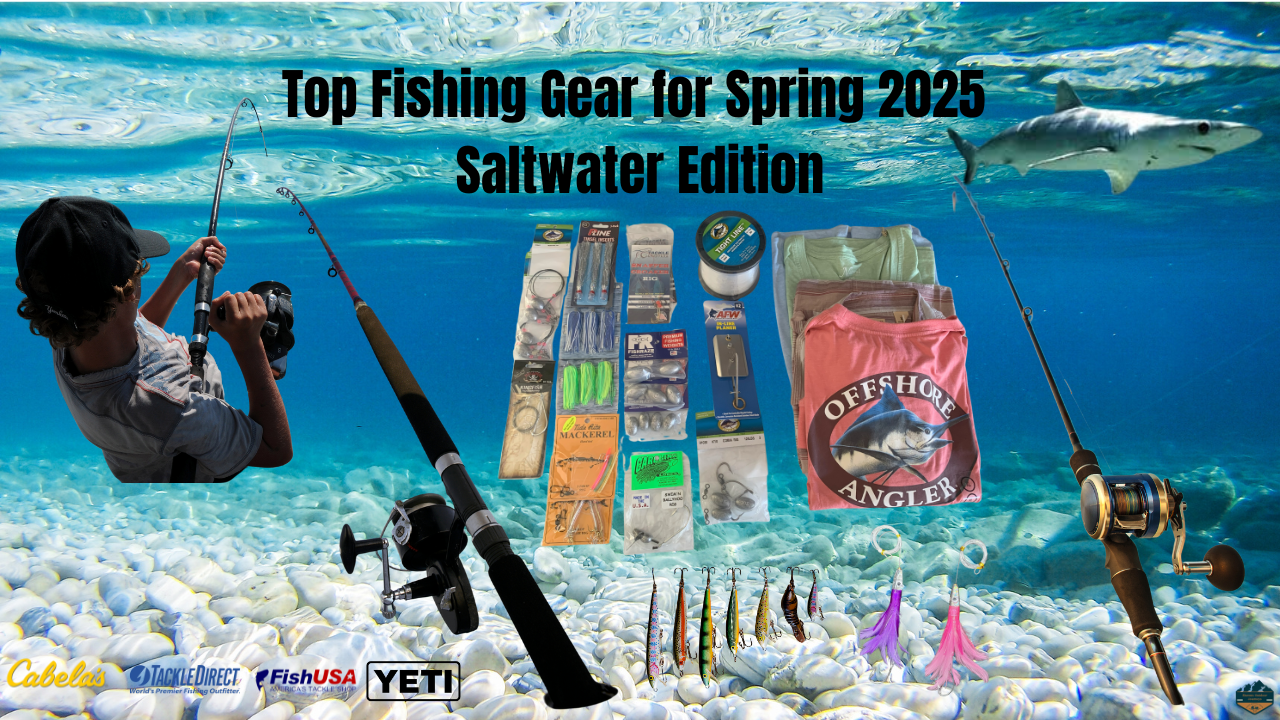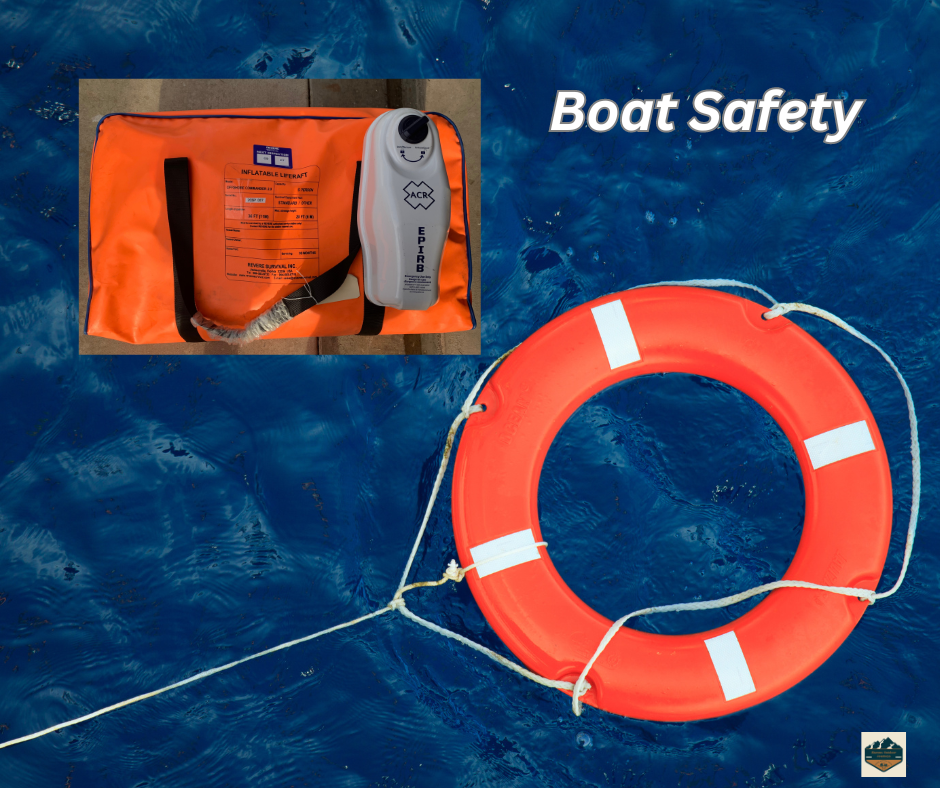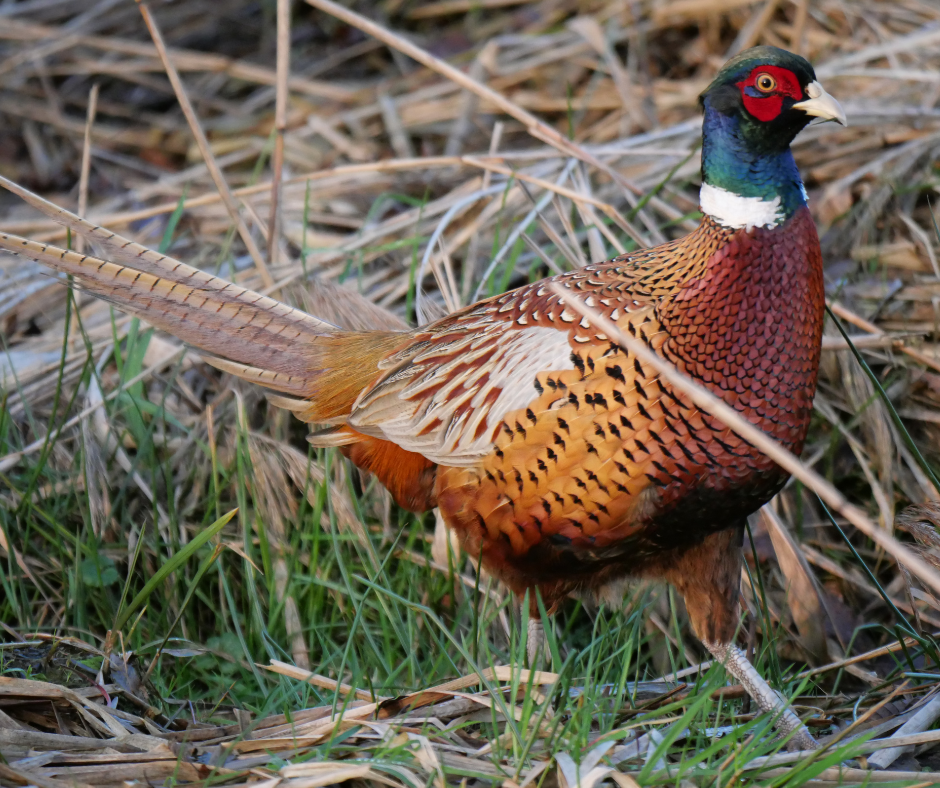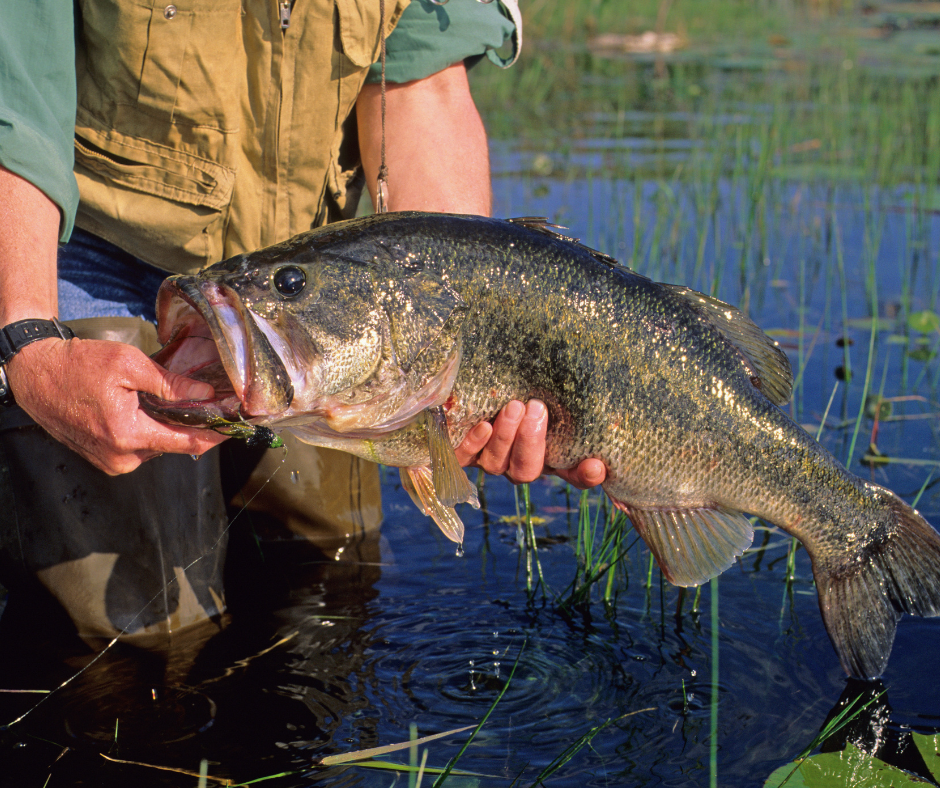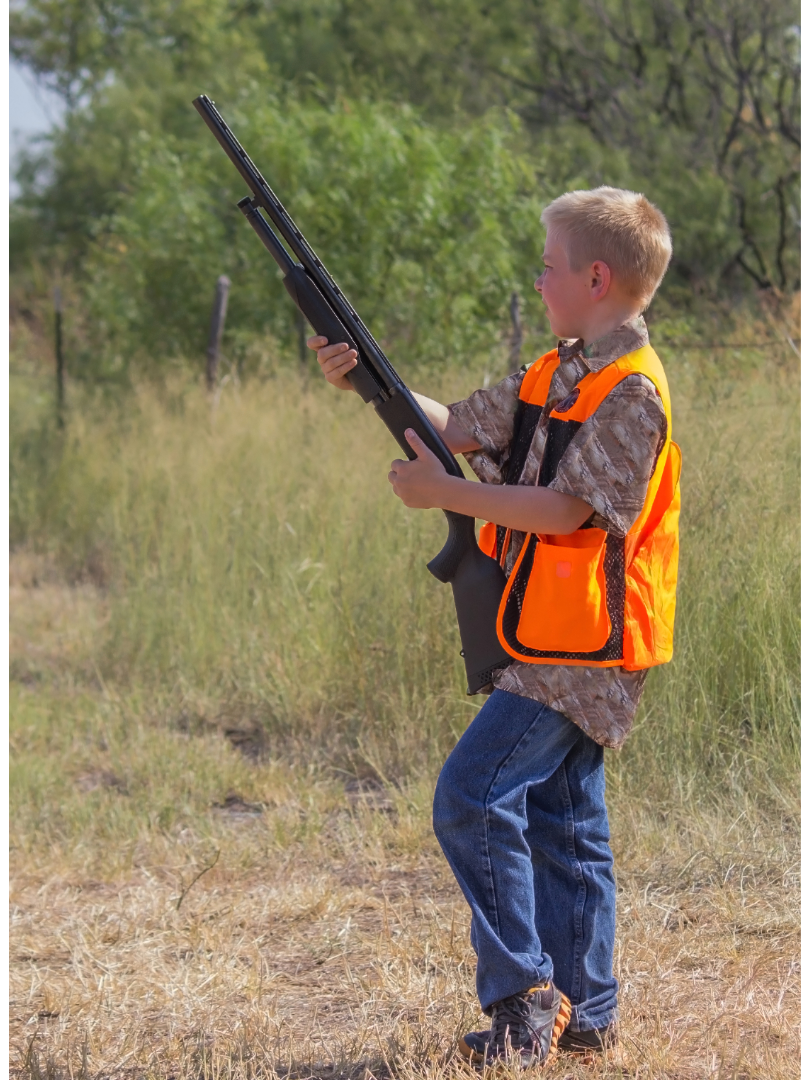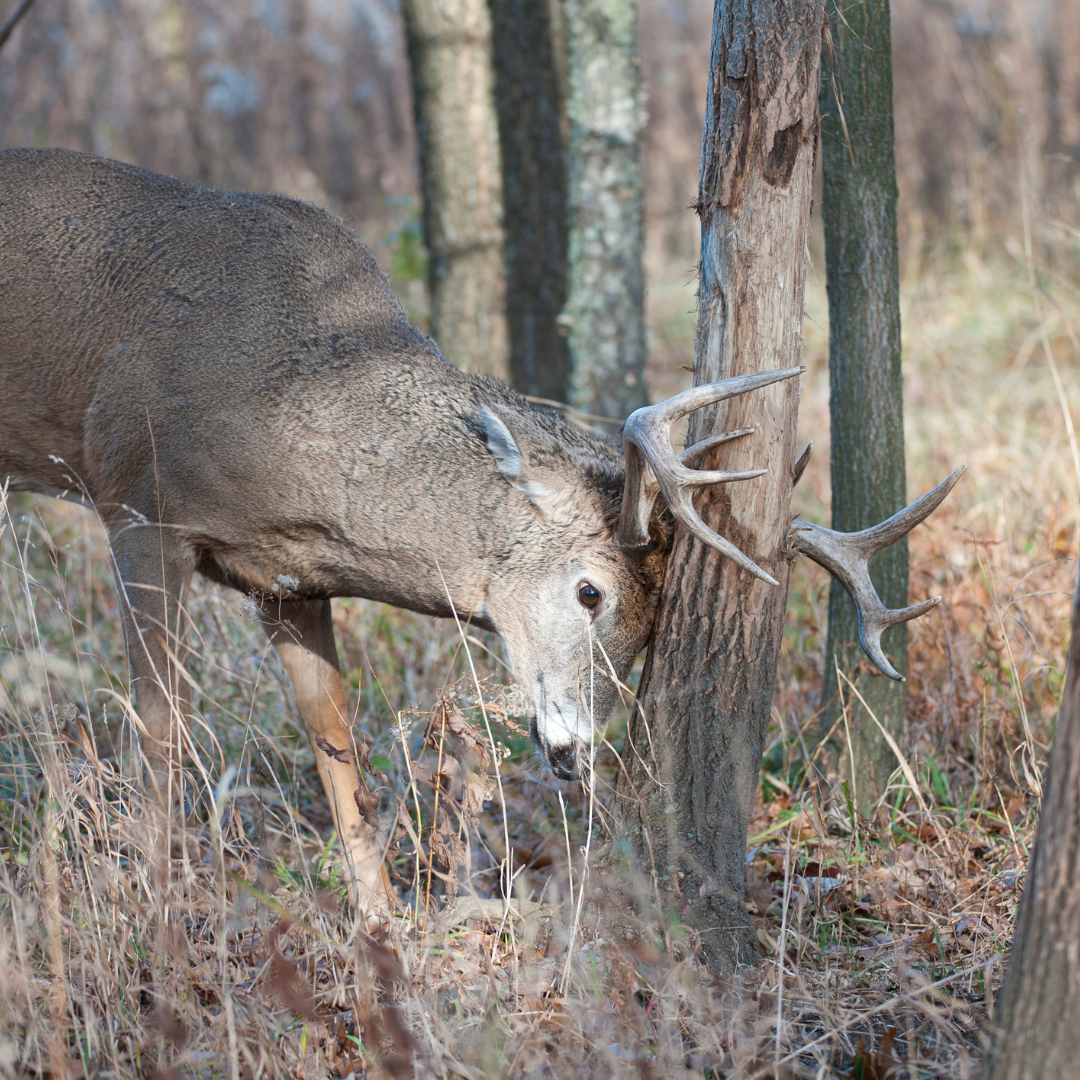Fly Fishing for Beginners: Casting Techniques and Knots to Know
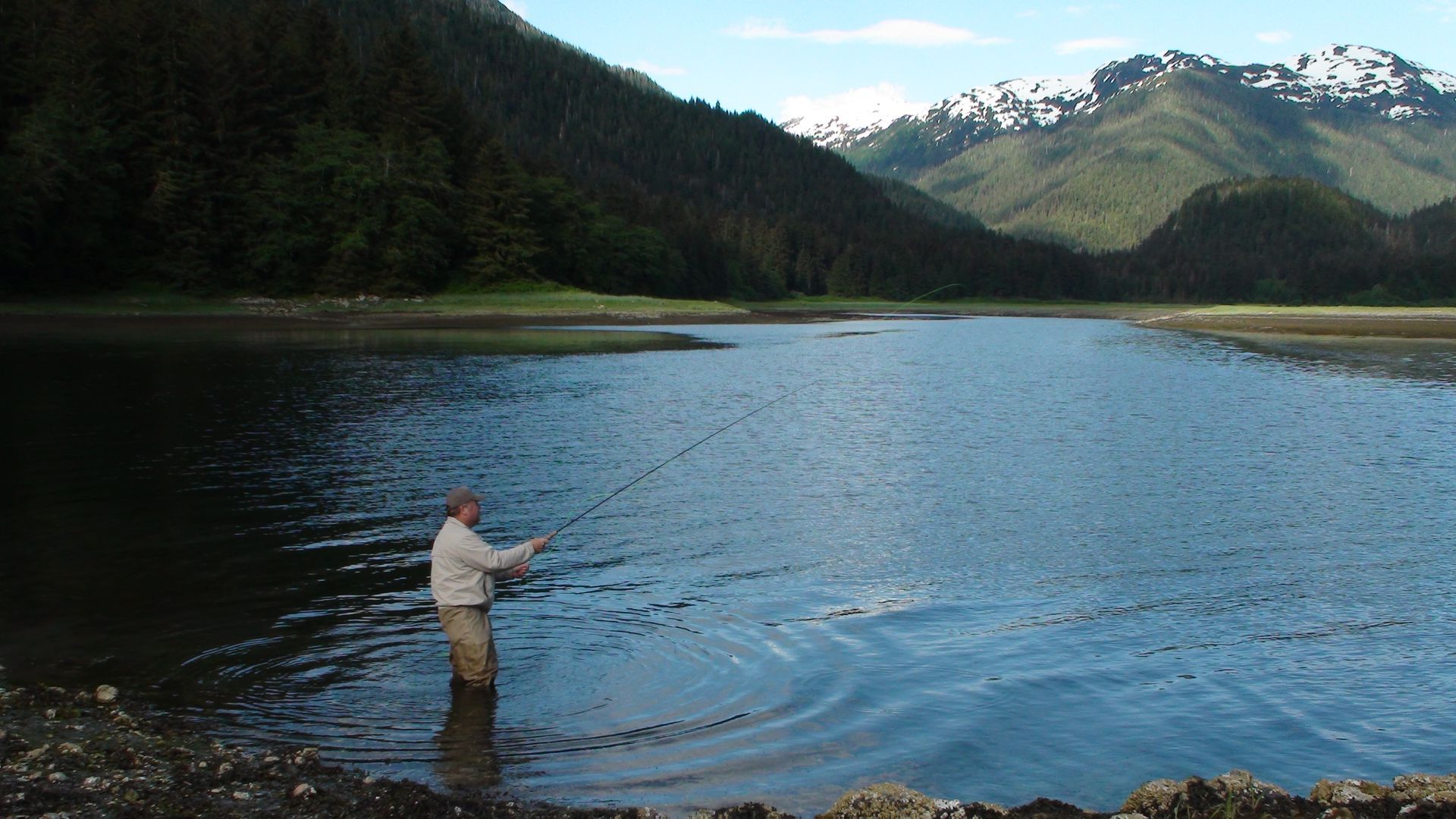
Fly fishing is a captivating and rewarding angling method that allows you to immerse yourself in nature while testing your skills against elusive fish species. For beginners, mastering the art of fly fishing can seem daunting, but with the right techniques and knowledge of essential knots, you'll be well on your way to becoming a proficient fly angler. In this blog post, we'll guide you through the fundamentals of fly fishing, focusing specifically on casting techniques and essential knots that every beginner should know. So grab your fly rod, tie on your favorite fly pattern, and let's dive into the world of fly fishing!
1. Understanding the Basics of Fly Casting:
- Grip and stance: Properly holding the fly rod and adopting a balanced stance for better control.
- Back cast and forward cast: Explaining the mechanics of a fly cast and the importance of timing and smooth motions.
- Loading the rod: Tips on loading the rod with energy to achieve accurate and efficient casts.
- Line control: Techniques for managing line tension and achieving precise presentations.
2. Essential Fly-Fishing Knots:
- The Improved Clinch Knot: Step-by-step instructions for tying the go-to knot for securing flies to the tippet.
- The Surgeon's Knot: A reliable knot for joining tippet material or attaching a leader to the fly line.
- The Perfection Loop: An easy-to-tie loop knot for creating a secure connection between leader and tippet.
- The Nail Knot: Used for attaching backing to the fly line or joining different diameter lines.
- The Blood Knot: A knot for connecting two pieces of tippet material to create a seamless transition.
3. Troubleshooting Common Casting Problems:
- Preventing tangles and knots in your fly line during casting.
- Adjusting your casting stroke for different wind conditions.
- Dealing with accuracy issues and correcting your aim.
- Overcoming challenges when casting in tight spaces or around obstacles.
- Practicing casting techniques to improve distance and accuracy.
4. Building Your Fly-Fishing Skills:
- Recommended practice drills to refine your casting technique and develop muscle memory.
- Selecting the right equipment and flies for beginner fly anglers.
- Understanding basic entomology and matching the hatch for more successful fishing.
- Exploring different types of water and understanding fish behavior.
- Tips for safely wading in rivers and streams while maintaining good casting form.
Fly fishing is a lifelong pursuit that offers endless opportunities for exploration and connection with nature. By mastering essential casting techniques and knots, you'll gain confidence on the water and increase your chances of hooking that elusive fish. Remember, practice is key, so get out there, hone your skills, and enjoy the serene beauty of fly fishing. Whether you're a beginner or an experienced angler looking to refine your technique, Shawn's Outdoor Journeys is here to support your fly-fishing journey every step of the way. Tight lines and happy fishing!
